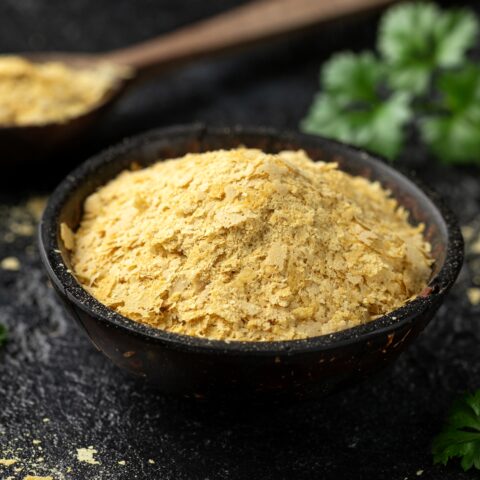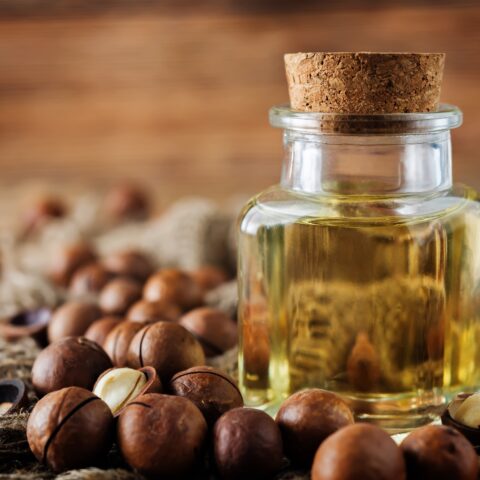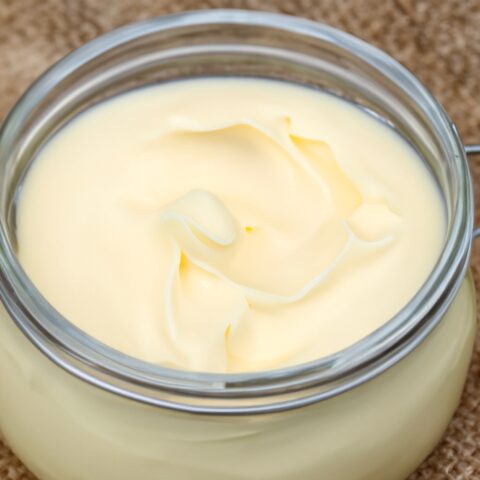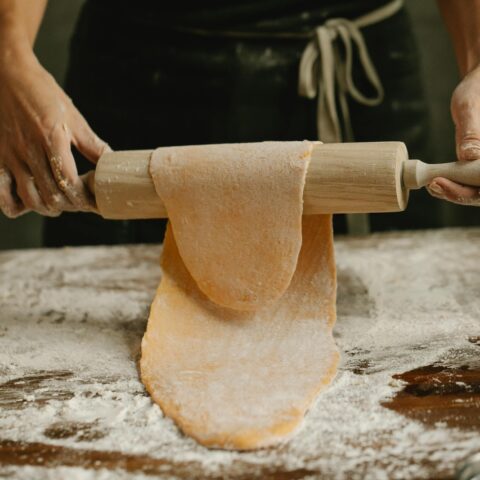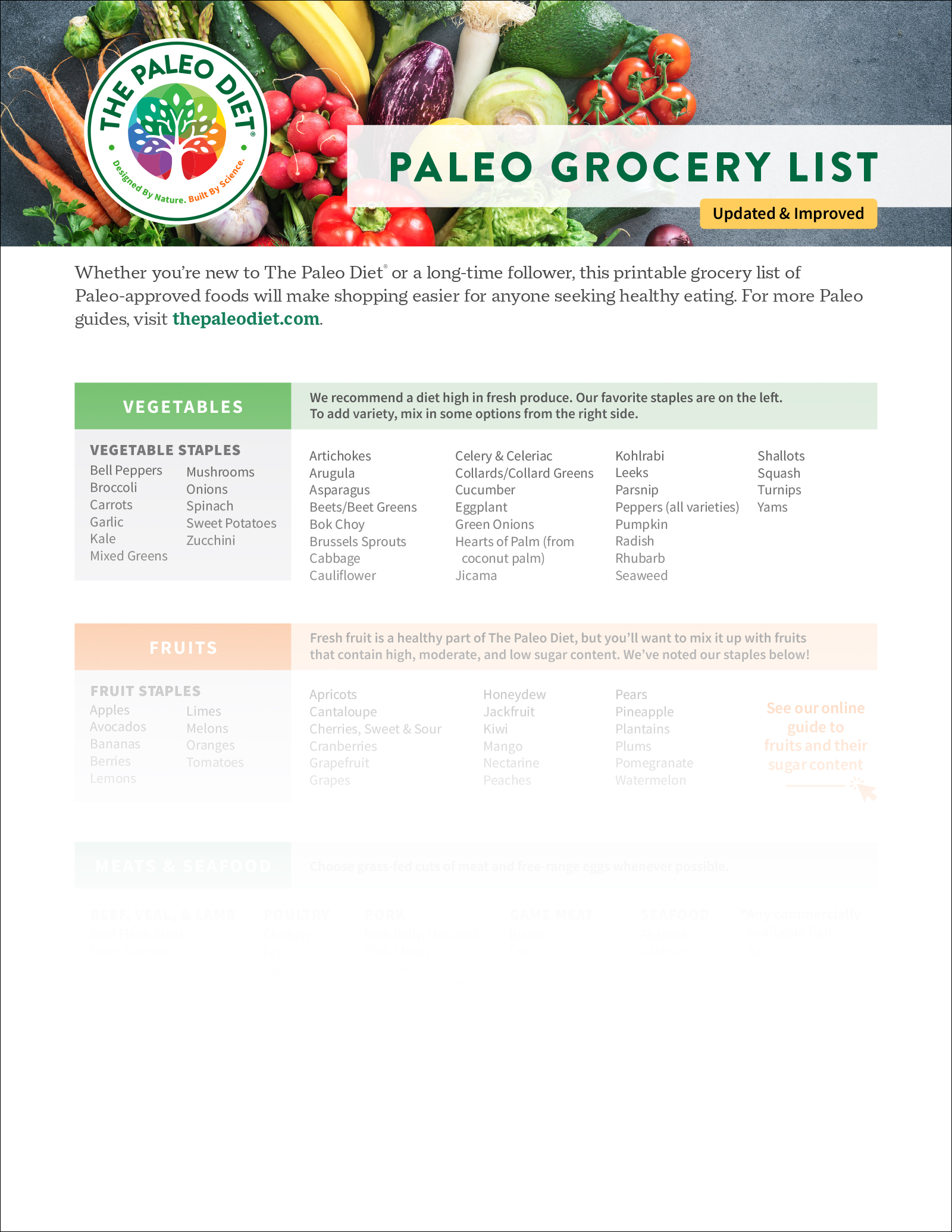Types of Tea and How to Enjoy Them
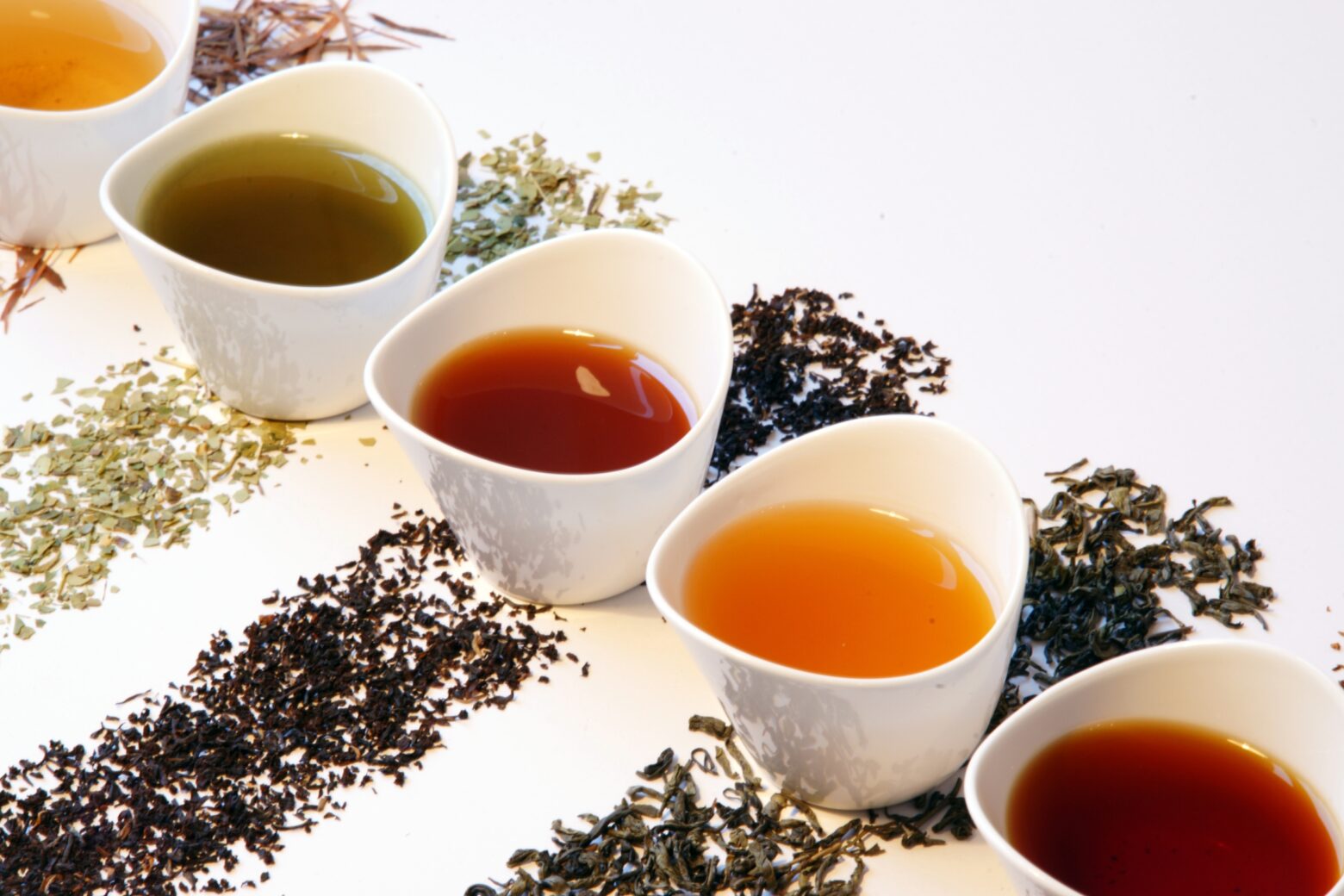
The exploration of tea is a lifelong pursuit for some, with many books written on the subject. But let’s start this exploration with the word itself. The term “tea” (also known as cha or chai) traditionally refers to drinks made from the leaves of the plant Camellia sinensis that have been steeped in water. Depending on how it is harvested and treated, the types of tea from this plant are classified as green, white, black, and oolong. In modern times, “tea” has also been used more broadly to describe herbal infusions of all kinds.
This overlap can lead to confusion, especially for those exploring tea for the first time. But that complexity also opens the door to a multitude of both culinary and therapeutic opportunities. From classic brews to creative herbal blends, teas offer something for everyone: bold flavors, calming rituals, and wide-ranging wellness benefits.
Yet not all teas are created equal, especially when it comes to a Paleo lifestyle. While many teas fit nicely with The Paleo Diet®, some teas do not. In this guide, we break down which types of tea are Paleo-friendly, which aren’t, what science says about their benefits, and what hidden toxins might be lurking in your tea bag. Consider this your map to navigating tea with clarity—and maybe even a little ceremony.
Tea 101
The core tenets of The Paleo Diet eschew ultra-processed foods, grains, legumes, artificial sweeteners, and dairy. Applying that lens to types of tea means looking beyond what’s in your cup and asking: What plant did this come from, and how was it processed? Furthermore, if ordering tea out in the world, ask yourself if they are adding extra ingredients like sugar and additives. For example, a Starbucks 16-ounce chai latte contains 42 grams of added sugar. A far cry from the original herbal chai blends that have zero added sugar.
White Tea
Made from young tea leaves and minimally processed, white tea is among the most antioxidant-rich varieties. It offers a light flavor and high levels of catechins, a type of polyphenol linked to anti-inflammatory and antioxidant benefits.1
Add white tea to these recipes:
Green Tea
What makes green tea unique is its combination of bioactive compounds. It’s especially high in polyphenols, most notably epigallocatechin gallate, which are being studied for their roles in supporting cardiovascular, neurological, and immune health.2–4
It also contains L-theanine, an amino acid that promotes relaxation without drowsiness. When combined with the natural caffeine in tea, L-theanine supports alertness and focus without the energy crash often associated with coffee.5 The chlorophyll content adds detoxifying and antioxidant potential, while trace micronutrients like vitamins A and C and potassium enhance its appeal as a functional, plant-based powerhouse.6
When incorporated into a daily routine, regular consumption of green tea is linked to a myriad of benefits, including a reduction in the risk of cardiovascular disease and some forms of cancer, as well as to the promotion of oral health and other physiological functions such as anti-hypertensive effect, body weight control, and neuroprotection.7–10
Matcha is also in this category, as it is made from finely powdered whole green tea leaves, which concentrate its flavors—and its nutrients. Try matcha green tea in these recipes:
Oolong Tea
Oolong is an often-overlooked tea that lands somewhere between green tea and black tea in the oxidation process. Whereas green is unfermented tea leaves, oolong is a partially fermented tea. Traditionally, oolong is created by wilting leaves in the sun and then bruising them slightly. Crushing them further creates black tea. The theasinensins found in oolong tea have been associated with antioxidative effects, anti-inflammatory activity, and antibacterial properties.11
Try oolong in place of green tea in these recipes:
Black Tea
As green tea is aged to oolong and then to black tea, the polyphenol compounds (catechins) in green tea are oxidized. This is why green tea is often seen as more beneficial than other teas: as its antioxidant properties are preserved. However, as it naturally oxidizes, other compounds, such as caffeine, become more concentrated and easily extracted, which is why black tea is typically more caffeinated than green tea.12
Try black tea in these recipes:
Herbal Teas
Infusions made from herbs such as peppermint, ginger, chamomile, lemon balm, and hibiscus are Paleo friendly. It depends on which herbs you choose, which flavors and affects you get: from relaxing sleep blends to warming digestive aids, the possibilities are endless. Don’t be afraid to use your herbal teas as a base for all sorts of delicious drinks by adding other Paleo-friendly ingredients like fresh citrus or strawberries.
Try herbal types of tea in these recipes:
Despite being caffeine free and touted for its health benefits, rooibos tea comes from Aspalathus linearis, a legume. Under Paleo guidelines, legumes are not recommended due to their antinutrient content and potential for digestive disruption. Some less common herbal types of tea may also be derived from plants in the Fabaceae (legume) family. When in doubt, check the plant origin before sipping.
Important Health Considerations When Buying Tea
Even high-quality tea can be compromised by how it’s packaged or sourced. Many commercial tea bags, particularly pyramid-shaped sachets made from nylon or plastic mesh can leach microplastics when steeped in boiling water.13
Beyond packaging, tea leaves themselves may carry pesticide residues or absorb heavy metals like lead and aluminum from contaminated soils, especially when grown in regions with lax environmental standards or unfair labor practices. To reduce risk, opt for loose-leaf tea or unbleached paper bags, choose organic or third-party tested brands, and steer clear of flavored blends that often contain additives or “natural” flavors. Tea should support your health, and a little label reading can go a long way.
Enjoying Tea on The Paleo Diet
Tea is one of nature’s simplest and most powerful wellness tools, offering a ritual of nourishment that fits seamlessly into a Paleo lifestyle. Caffeinated types of tea like green or black are best enjoyed earlier in the day to support alertness without disrupting sleep, while herbal blends like chamomile, ginger, or lemon balm offer gentle support for digestion and relaxation in the evening.
Enhancing your tea naturally with additions like lemon, mint, turmeric, or fresh ginger keeps it aligned with clean, whole-food principles, while also deepening its benefits. Unsweetened teas, whether hot or iced, can also be a flavorful way to diversify hydration throughout the day.
Whether you’re savoring a single cup or preparing a large batch to enjoy later, the act of making tea can become a grounding daily ritual that supports both physical well-being and mindful presence. By choosing clean, thoughtfully sourced teas and honoring the moment of preparation, each cup becomes more than a beverage; it becomes a small ceremony of health, simplicity, and connection to something timeless.
References
- Unachukwu, U. J., Ahmed, S., Kavalier, A., Lyles, J. T., & Kennelly, E. J. (2010). White and green teas (Camellia sinensis var. sinensis): variation in phenolic, methylxanthine, and antioxidant profiles. Journal of food science, 75(6), C541–C548. https://doi.org/10.1111/j.1750-3841.2010.01705.x
- Eng, Q. Y., Thanikachalam, P. V., & Ramamurthy, S. (2018). Molecular understanding of Epigallocatechin gallate (EGCG) in cardiovascular and metabolic diseases. Journal of Ethnopharmacology, 210, 296–310. https://pubmed.ncbi.nlm.nih.gov/28864169/
- Rani, A., Saini, V., Patra, P., Prashar, T., Pandey, R. K., Mishra, A., & Jha, H. C. (2023). Epigallocatechin Gallate: A Multifaceted Molecule for Neurological Disorders and Neurotropic Viral Infections. ACS Chemical Neuroscience, 14(17), 2968–2980. https://pubmed.ncbi.nlm.nih.gov/37590965/
- Capasso, L., Masi, L. D., Sirignano, C., Maresca, V., Basile, A., Nebbioso, A., Rigano, D., & Bontempo, P. (2025). Epigallocatechin Gallate (EGCG): Pharmacological Properties, Biological Activities and Therapeutic Potential. Molecules, 30(3), 654–654. https://pubmed.ncbi.nlm.nih.gov/39942757/
- Haskell, C. F., Kennedy, D. O., Milne, A. L., Wesnes, K. A., & Scholey, A. B. (2008). The effects of L-theanine, caffeine and their combination on cognition and mood. Biological psychology, 77(2), 113–122. https://doi.org/10.1016/j.biopsycho.2007.09.008
- Koláčková, T., Kolofiková, K., Sytařová, I., Snopek, L., Sumczynski, D., & Orsavová, J. (2020). Matcha Tea: Analysis of Nutritional Composition, Phenolics and Antioxidant Activity. Plant foods for human nutrition (Dordrecht, Netherlands), 75(1), 48–53. https://doi.org/10.1007/s11130-019-00777-z
- Cabrera, C., Artacho, R., & Giménez, R. (2006). Beneficial effects of green tea–a review. Journal of the American College of Nutrition, 25(2), 79–99. https://doi.org/10.1080/07315724.2006.10719518
- Luo Q, Luo L, Zhao J, Wang Y, Luo H. Biological potential and mechanisms of Tea’s bioactive compounds: An Updated review. J Adv Res 2024;65:345–63. https://doi.org/10.1016/j.jare.2023.12.004.
- Yu J, Zhang K, Wang Y, Zhai X, Wan X. Flavor perception and health benefits of tea. Adv Food Nutr Res 2023;106:129–218. https://doi.org/10.1016/bs.afnr.2023.03.001.
- Kochman J, Jakubczyk K, Antoniewicz J, Mruk H, Janda K. Health Benefits and Chemical Composition of Matcha Green Tea: A Review. Molecules 2020;26:85. https://doi.org/10.3390/molecules26010085.
- Chemistry and health beneficial effects of oolong tea and theasinensins. (2015). Food Science and Human Wellness, 4(4), 133–146. https://doi.org/10.1016/j.fshw.2015.10.002
- Balentine, D. A., Wiseman, S. A., & Bouwens, L. C. (1997). The chemistry of tea flavonoids. Critical reviews in food science and nutrition, 37(8), 693–704. https://doi.org/10.1080/10408399709527797
- Hernandez, L. M., Xu, E. G., Larsson, H. C. E., Tahara, R., Maisuria, V. B., & Tufenkji, N. (2019). Plastic Teabags Release Billions of Microparticles and Nanoparticles into Tea. Environmental science & technology, 53(21), 12300–12310. https://doi.org/10.1021/acs.est.9b02540
Brian Keenan, ND, DOM
Dr. Brian Keenan is a naturopathic doctor, doctor of East Asian medicine, and licensed acupuncturist whose work bridges ancient wisdom with modern science.
More About The Author
